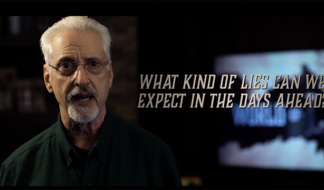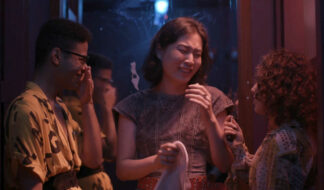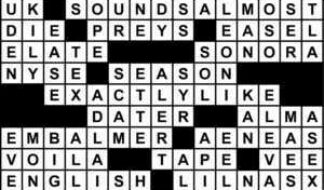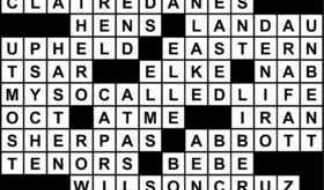Using art to create change isn't a new concept. But it is one that we often forget about. Sometimes, we are so caught up in the emotions surrounding what we are fighting for that we forget the best ways to convince others as to why our causes are important.
We hold educational events – but not everyone is going to learn from a public speaker or a panel of experts. And while engaged at the time, they may not be left with a lasting impression large enough to actually influence them on an issue.
Art is a great way to bridge this gap and make our points stick.
The Michigan Roundtable for Diversity and Inclusion got it right when they came up with Art and Inclusion, an event at the Detroit Institute of Arts aimed and spurring discussion about the LGBT community and faith. Dustin Lance Black got it right when he not only wrote the film "Milk" but proceeded to push so that all who wanted to show it in their communities were able to. Not only that, but he spoke about what the film really meant and why people like Harvey Milk are important.
It's a great example of why we can't just have one or the other.
Making the film "Milk" or looking at art at the DIA is not enough. Nor is simply discussing nebulous terms like "diversity," "inclusion" and "hate." We need both pieces to really create a lasting message.
If no one had ever watched "Milk" and talked about it in their classrooms and churches, would it have been as important of a movie? If everyone looked at art meant to portray inclusion but never discussed what it meant in terms of their own lives, would it have been worth painting or photographing?
Art can create change, but only if we use it in such a way that it compliments those important discussions that need to be had.
And if the discussion has multiple sides to it.
Just as we don't all interpret art the same way or enjoy the same musical artists, movies or books, it takes many points of view to create a discussion, or to talk about what a piece of art means in any of its forms.
If a bunch of young, LGBT grassroots activists watch "Milk" and discuss it, they are likely to agree about what it means, what the importance of it is and how it can drive them to create change. This isn't a bad scenario.
But perhaps a more pertinent one would include those activists, members of a local Catholic church, older people, younger people, straight and gay parents and people of different races, all watching the same movie or looking at the same piece of art and having a discussion about it.
Art can – and should – create change, but we urge you not to just experience art with people who are like you. As they encouraged at the Art and Inclusion event, speak to someone you don't know about what you see and what it means to you. The impact could be even more powerful than you imagine.
Topics:
Uncategorized









